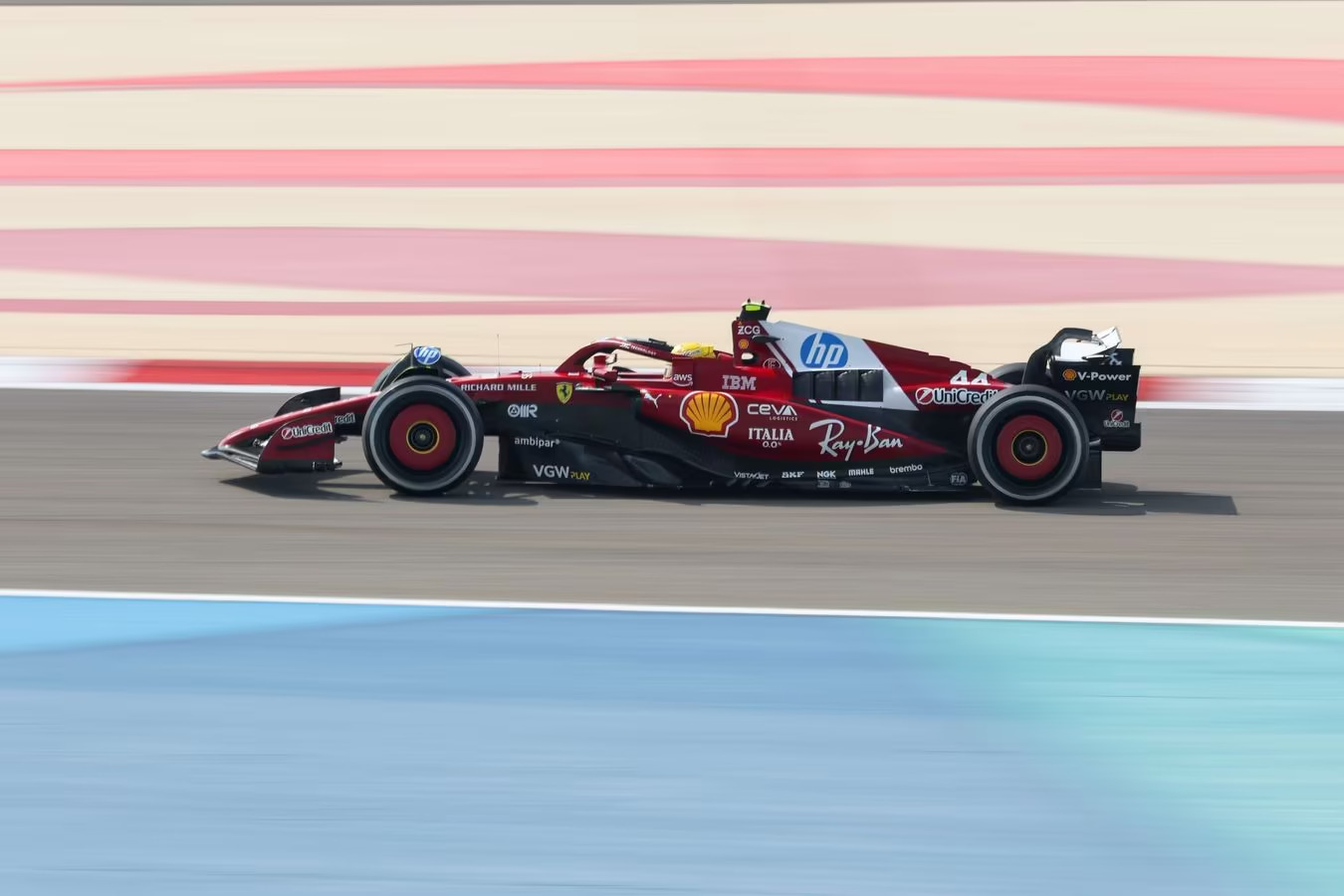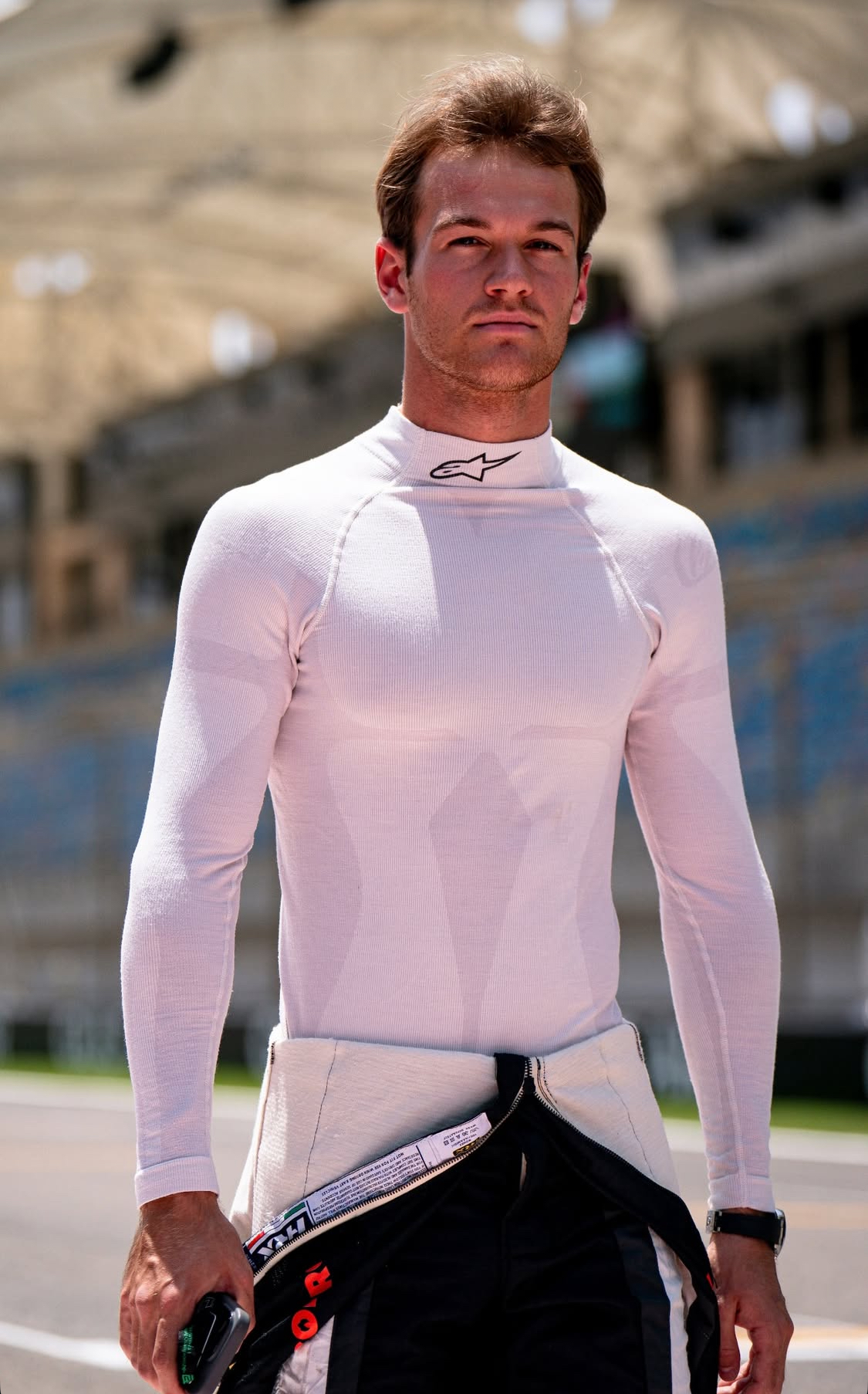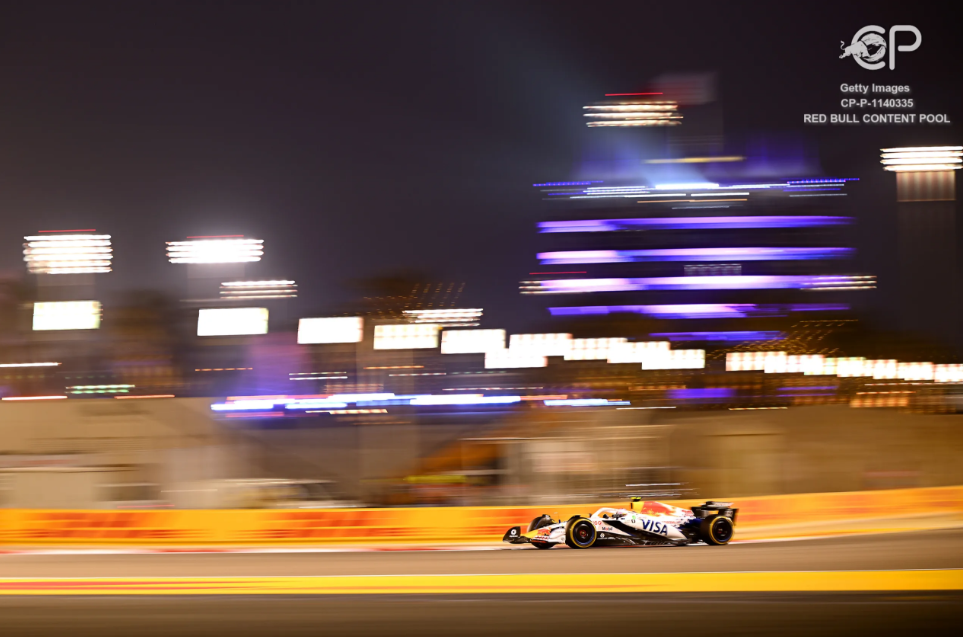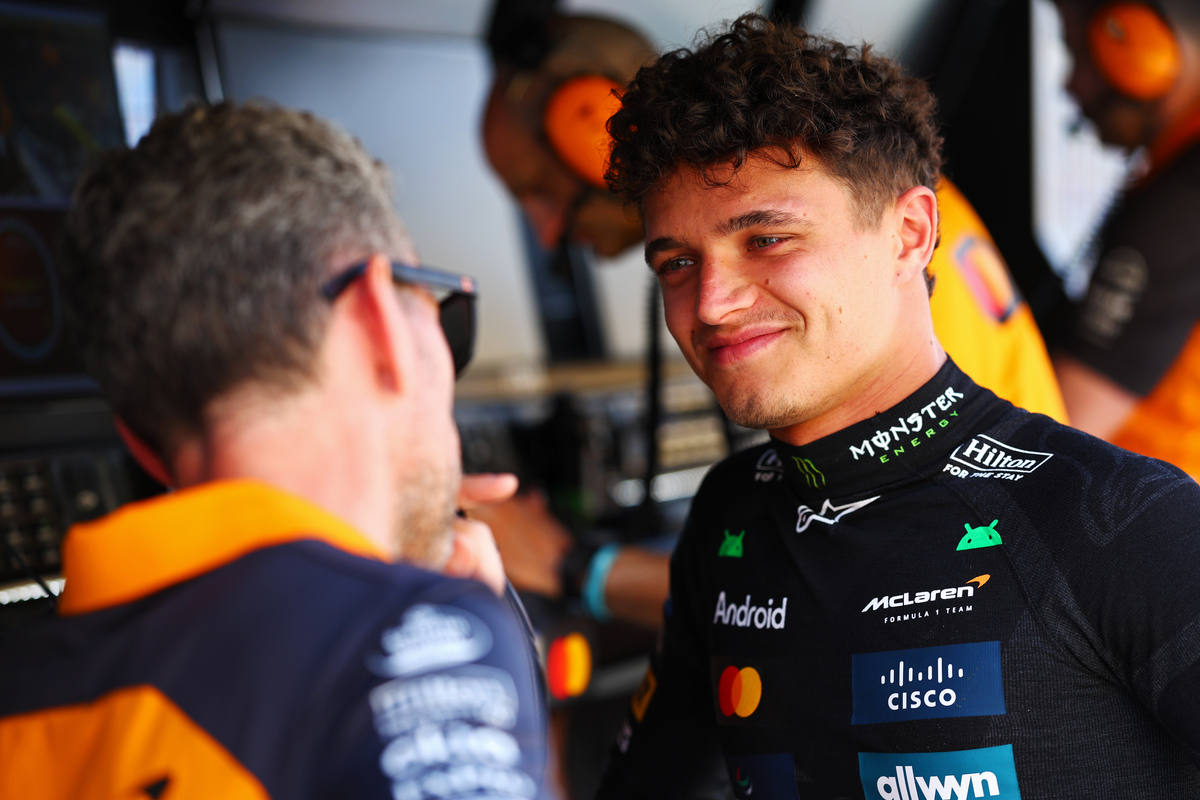Technical director at Alpine Formula 1 Team Matt Harman says the team were unable to close the power unit performance gap to their rivals as they ran out of time to develop.

Photo Credits: BWT Alpine F1 Team
Alpine Formula 1 team will spend the next two seasons battling a power deficit to their rivals due to Formula 1’s power unit freeze. Despite taking risks in 2022 with updates to the power unit, the team were unable to match the performance of the other manufacturers.
Estimates put the team’s deficit to their rivals between 20 and 30 BHP, leaving the team vulnerable at high-speed venues. When asked about the deficit, technical director Matt Harman said the chassis side of the team, based in Enstone, is not frustrated by the shortfall, while highlighting the gains Viry have made on the power unit so far.
“I wouldn’t say frustrating,” he replied when quizzed on the topic. “I think we tried. I think it’s important that we try these things. In the end, we have the technology and the capability to put the power unit where we’d like it to be, we just ran out of time on the RE22.
“We were very courageous with that engine. Okay, it’s a little bit behind where we’d like it to be. But it used to be a long way behind, and we made a big step, but we just didn’t quite get there enough and we just couldn’t take any more risks than we did, it would have been nice to have it unlocked for a little while just to do that again.”
Harman continued to discuss the current plans in Viry, admitting the team have accepted the lack of power and are spending time working on their 2026 power unit which will fall under the new regulations.
“In the end, I think it’s also important to note that we’ve got another power unit to do at the moment.” he said. “That’s a big focus for the team. And that’s where we see our future.
“So I think we took a decision in the end, actually, to just focus on the future. And we’ll deal with this power unit for the next two years by trying to remove some of its parasitic losses and do everything that we can do inside the regulations.”

Reflecting on the 2023 season, he notes that the overall lack of performance at high-speed venues was not exclusively the fault of the power unit as he suggested the team could have done more to optimise the car.
On a positive note, he went on to explain that more can be done to extract performance from the overall package by way of optimisation of the chassis.
“You’ve all seen the numbers, we’ve stated the delta that we have,” he stated. “It’s not just about the power unit deficit. If we look at Monza, and we look at how we performed there, it was not a good weekend for us.
“We didn’t expect to be there. We knew the performance delta for the power unit before we went in, but we didn’t expect to be in that position. That tells you something that we just didn’t do enough on the chassis side to complement the power unit and make the best of it. And that’s something we actually learned for Las Vegas.
“We do have to make some compromises, of course,” He continued. “You have to re-optimise your car into a different zone. I think there’s a lot you can do. And I don’t think we did enough at some of the circuits where the power unit dominates.”




